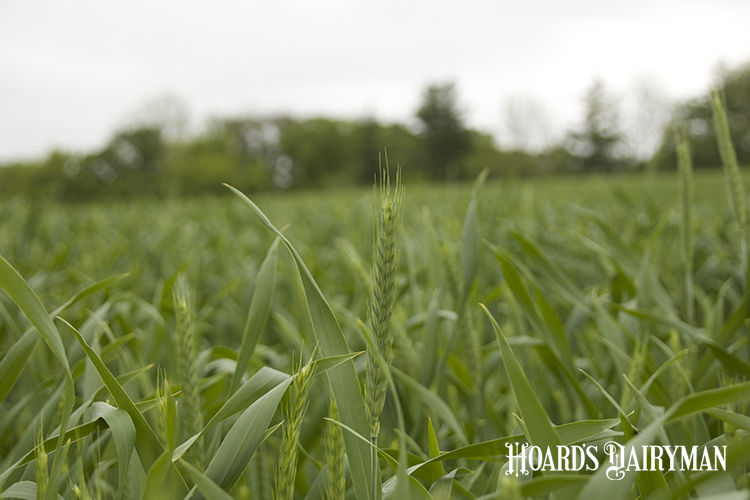
Have you heard about the use of alternative forages for dairy cattle? Recently, I had been invited to share some of the findings of our research program on forage quality and management. The request was to address our research on alternative forages. To me, this was a surprise. After all, what is an alternative forage? Does a definition for alternative forages actually exist? To be honest, I have been trying to find a definition, and I have come up short.
What do we mean?
In an attempt to define alternative forages, a question arises in my mind: Alternative to what? After all, any forage can be considered an “alternative forage” as long as it is used as an alternative to some other forage. For example, a soybean crop in its vegetative stage is an alternative forage (to alfalfa) that is commonly grazed in the summer season of Argentina in grazing dairy systems.
Here in the U.S., we can define alternative forages as forages alternative to corn silage and alfalfa hay or haylage, given they are commonly used in dairy farming systems. Based on this definition, some of these alternative forages include summer annual grasses, such as forage sorghum or pearl millet, and winter annual grasses, such as ryegrass, rye, triticale, or oats, to mention a few.
An effective option
The reasons for needing alternative forages are multiple and diverse. A farmer might need alternative forages that better fit in the crop rotation when maximizing the use of the land is a priority. Also, in areas of heat or drought stress, for example, some forages like sorghum might be better suited to grow than corn.
Another reason to seek alternative forages is lowering input costs. For instance, the cost of corn seed can be substantially greater than the cost of sorghum seed. Alternative forages might also be needed based on the dietary requirements of the herd. For example, grass hay can be a useful alternative forage when the supply of fiber is limiting on a dairy farm.
There are no doubts that corn silage and alfalfa hay or haylage are top-choice forages, but is it truly bad to use alternative forages to corn and alfalfa in dairy farming systems? In an attempt to address this question, our research program at Virginia Tech showed that high-producing dairy cows can produce fairly well when corn silage is totally replaced with sorghum silage. We saw similar results when cows consumed diets containing grass hay instead of alfalfa hay. These observations suggest that several alternative forages are suitable to feed high-producing dairy cows.
System factors for success
Our experience has shown that three factors are paramount to ensure a successful feeding program with alternative forages: good forage quality, adequate ration formulation, and excellent cow comfort and welfare. Control these three factors the best you can and feeding alternative forages will improve the resiliency of your dairy farm.








